What Makes Theater Jewish?
Everything theatre dybbuk presents is connected to themes and topics that are born from Judaism, culturally, historically, or spiritually. We are, however, not interested in having a conversation only with Jews. Our shows are meant to illuminate universal human experience through a Jewish lens. Our piece, “Cave...A Dance for Lilith,” investigated the evolution of world conflict by looking at Lilith folklore and Goddess mythology. This co-production with L.A. Contemporary Dance Company, which included live music and original composition, attracted those who were connected to Jewish history, those who just wanted to see some radical performance, and those with a deep interest in pre-monotheistic belief systems. The show, in both who it appealed to and in the different kinds of artists who worked on it, fulfilled, in whatever small and incomplete way, on the Jewish ideal of Tikkun Olam, repairing the world, by bringing together disparate pieces into one unified whole.
Maybe believing in the possibility of perfection, while knowing we will never fully achieve it, is what makes theater Jewish.
Over the past year, we have been privileged to be in partnership with a synagogue, Valley Beth Shalom (VBS), in Southern California and with a remarkable Rabbi, Ed Feinstein. In 2013, VBS commissioned us first to create a short piece, Vessels, to be premiered as part of a service. After that proved successful, Rabbi Feinstein asked that we develop and present a full-length work that would serve as the entire Selichot service, which occurs just prior to Rosh Hashanah, a time of great reflection and forgiveness.
With only three months to create, rehearse and premiere the work, neither a play nor a service but both, I felt pretty intimidated. Seven performers, Dramaturg Dylan Southard, Cantor Phil Baron, and Music Director Chris Hardin were collaborators and Rabbi Feinstein was our primary scholar and consultant. The task set before us demanded that certain pieces of liturgy be included and function within the experience and that congregants would have opportunities to pray.
Over the course of our meetings, I discovered that the piece would utilize the Seven Days of shiva (a mourning period) as a narrative structure. Each day would take a step from despair towards hope and the appropriate prayers would occur, based upon where in the emotional journey we were.
The rehearsal period proved challenging in that we, theater makers in an unfamiliar setting, had to keep asking these seemingly unusual questions:
“How will the congregation know its role and is it important that they do so?”
“What state do we wish to leave the congregation in?”
“Is there a call to action, an expectation that the congregation will behave in some specific way when they leave the shul, in response to our performance?”
I came to realize that these questions are just as pertinent in our more usual theatrical settings. With any production, we are “performing,” quite literally, a function, which is nothing less than to be a vessel for realization and transformation of some sort. The ways in which this occurs may differ depending on the situation, but the need to look outward at the congregation, the audience, is ever present.
Maybe turning our gaze so that it takes in the world is what makes theater Jewish.
Lastly, I serve as a board member for The Association for Jewish Theatre, an organization which functions as a catalyst for collaboration, discussion, and integration amongst makers of Jewish theater. In addition to the online means of engagement which the Association provides, we hold an annual conference at which playwrights, directors and producers from all over the world come together to share stories, swap ideas, and to ponder that very question posed at the beginning, “What makes theater Jewish?”
At this event, the answer lies in the very form that the gathering takes. All of these people, young and old, experienced and still green, with a shared desire for connection but a wide variety of opinions, come to learn together and to push each other forward by letting their own narratives and methods, their experiences, share the same space.
Maybe this is what makes theater Jewish. Maybe this is what makes us Jewish. Maybe this is what makes theater.
The Association for Jewish Theatre’s Conference: November 9-12, 2014 in Washington DC. Hosted by Theatre J.
***
Images: Scenes from Cave…A Dance for Lilith. Photos by Taso Papadakis

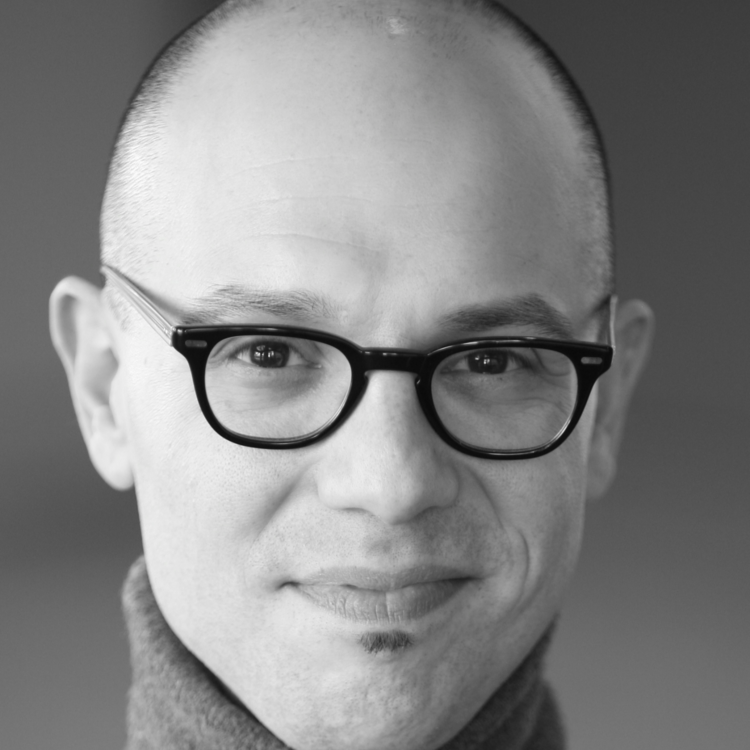
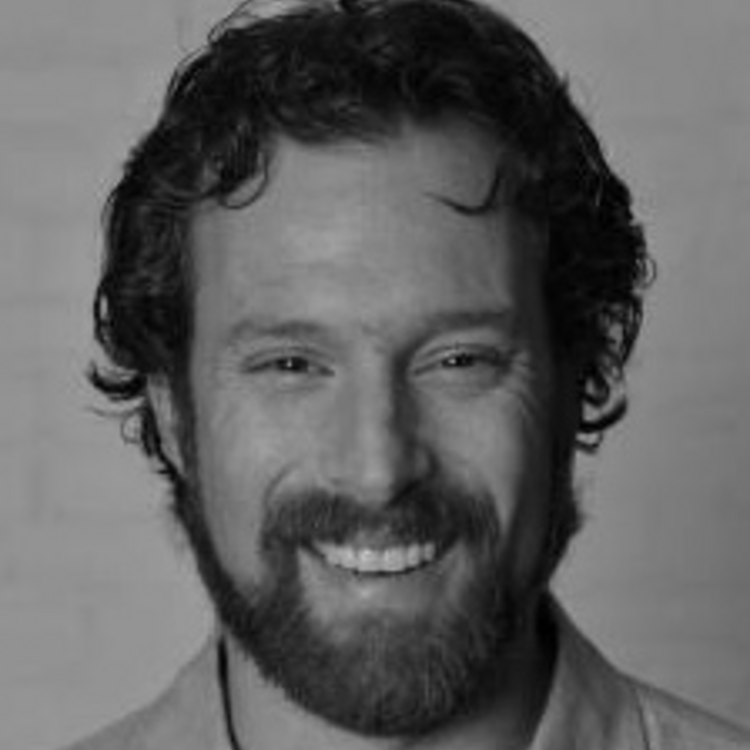
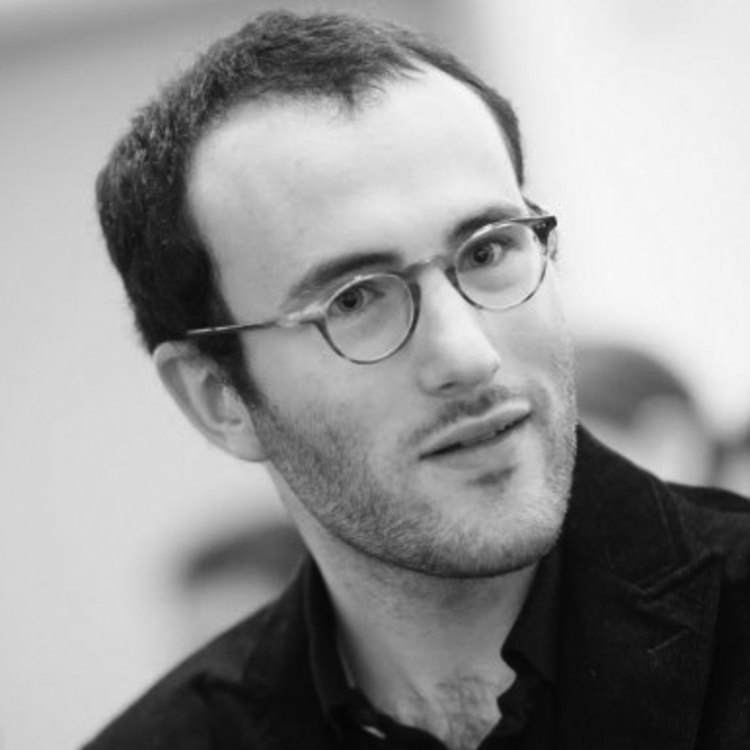
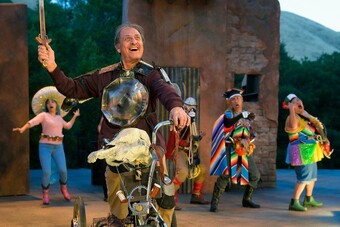



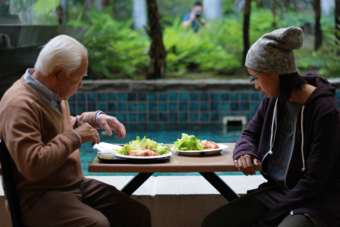



Comments
The article is just the start of the conversation—we want to know what you think about this subject, too! HowlRound is a space for knowledge-sharing, and we welcome spirited, thoughtful, and on-topic dialogue. Find our full comments policy here